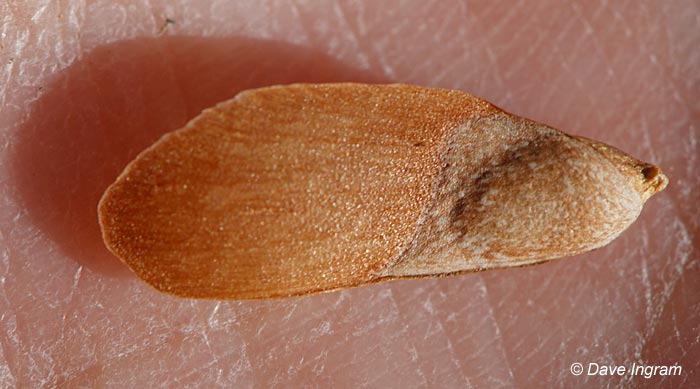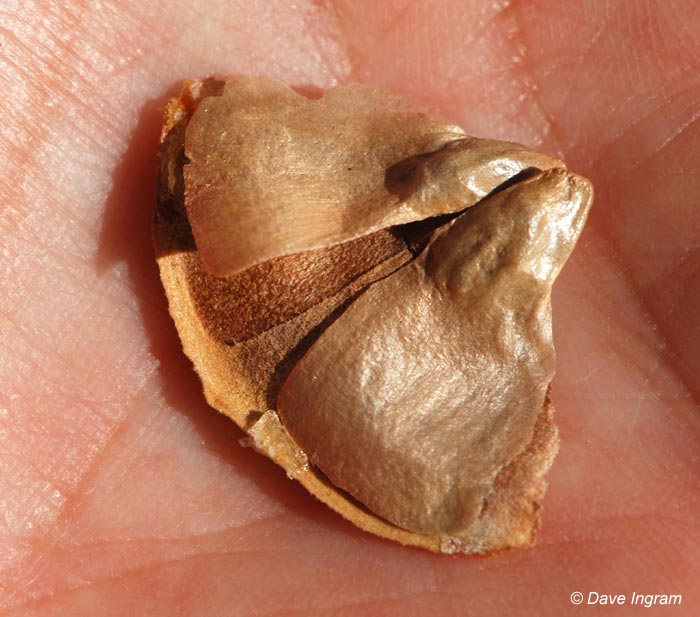It was a very windy day on the east coast of Vancouver Island today and tree seeds were on the move. We took a family walk in Miracle Beach Provincial Park this morning. At one point it seemed like it was snowing seeds!
Bigleaf Maple Seeds
At first we thought that the seeds were all bigleaf maple (Acer macrophyllum) due to their spinning descent. With a closer look, we quickly realized that some of the seeds were smaller. Sorting through the collection of seeds on the side of the trail we discovered two other types of tree seeds that behaved very similarly to the samaras of the bigleaf maple.
Douglas-fir Seeds
The first was the much smaller and more “delicate” seed of the Douglas fir (Pseudotsuga menziesii). Most people are familiar with Douglas fir cones. Their distinctive bracts look like a “mouse tail and hind legs.” In the past, I hadn’t given much thought to how Douglas fir spread its seeds. Today it was obvious that wind plays a significant role in dispersal.
Grand Fir Seeds
The second seed was a little more robust and often covered in sticky pitch. It was attached to thick scales that sometimes fell to the ground in clumps. Both of these are characteristics of the grand fir (Abies grandis). This tree has upright cones that break apart in the autumn when seeds are dispersed.
It was a lovely day to spend walking in the woods and examining tree seeds. Once again I marveled at how resourceful trees are at reproducing successfully. Using wind to disperse seed has an aspect of chance to it. However, this is offset by the volume of seeds produced and the potential for the seeds to travel a significant distance. It seems likely that at least some of these seeds will survive and grow.


